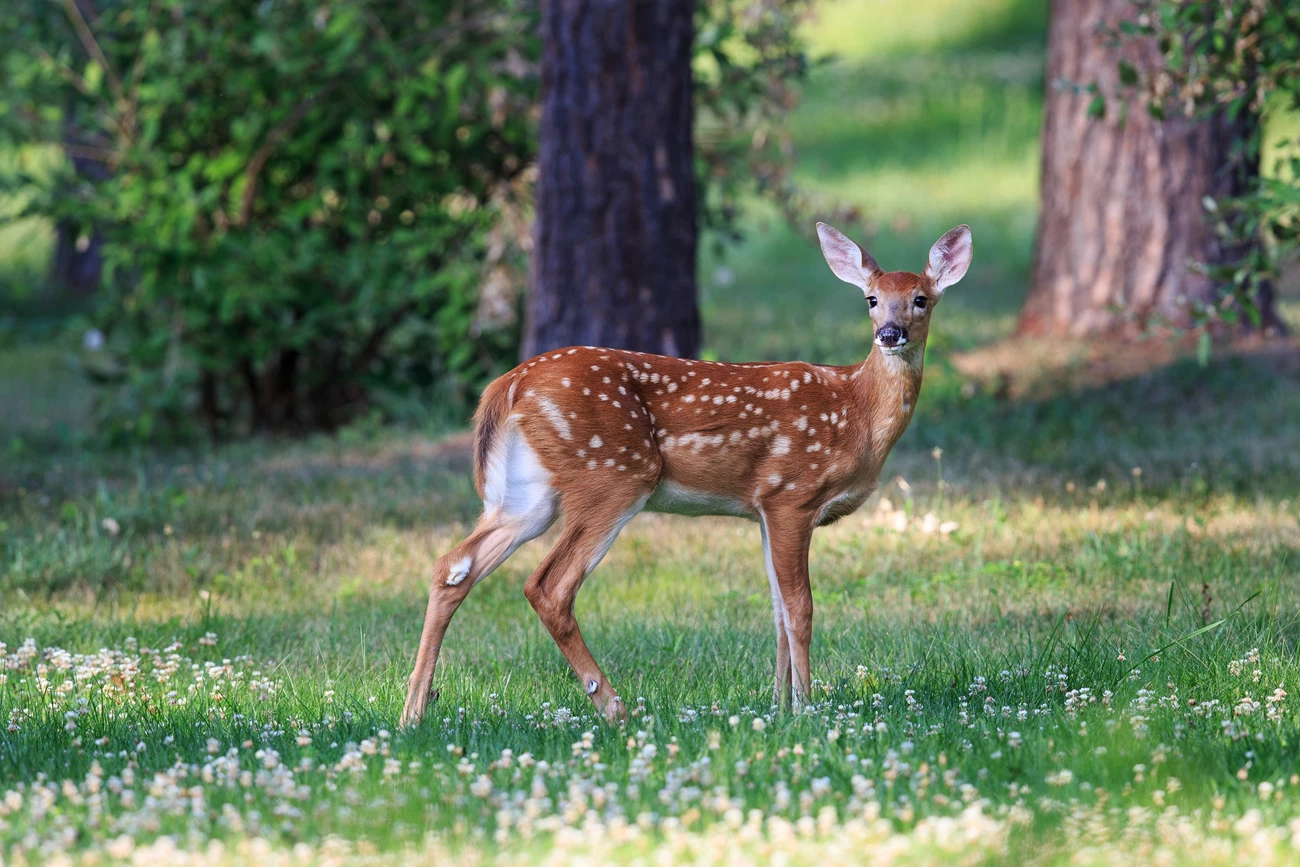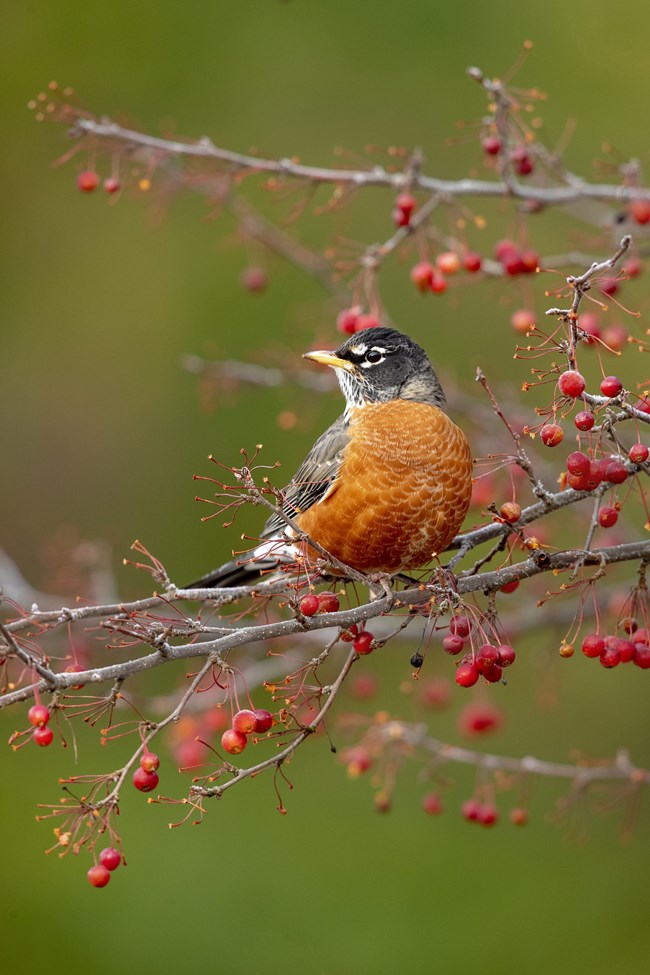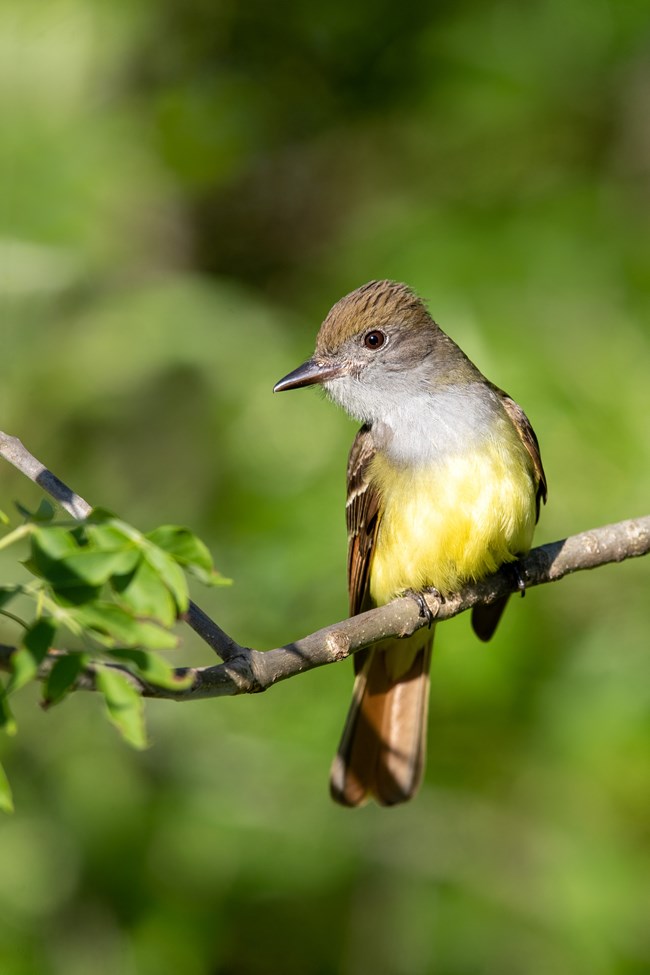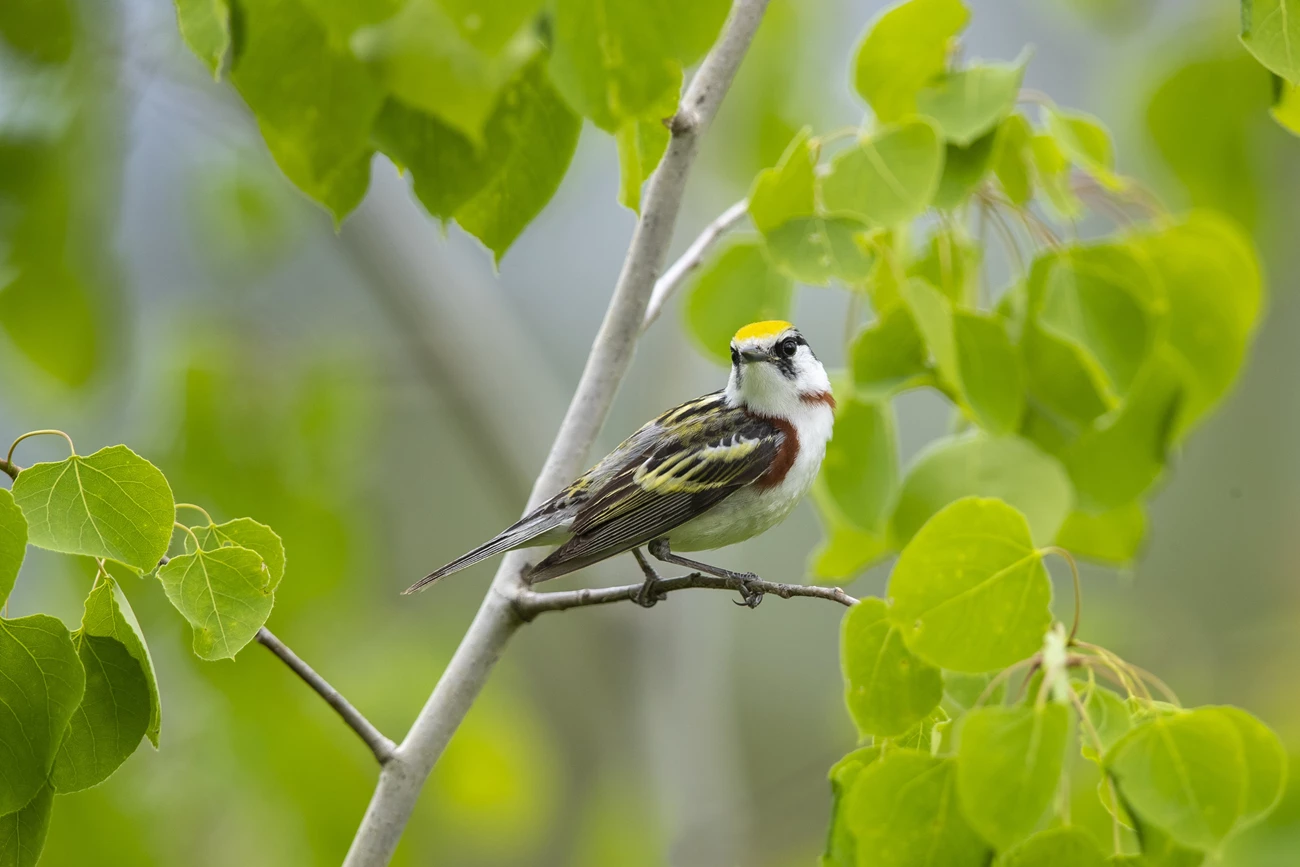Last updated: September 6, 2024
Article
Photographing Wildlife From Your Car

© Jim Roetzel

Jim Roetzel
Encounters with wildlife are one of the thrills of exploring a natural area. We often bring a camera along in the hope of turning these into shareable memories. So how do you get a good picture?
The key is to stay at a safe distance, for you and for the animal. Observe without changing its natural behavior. Jim Roetzel of the Cuyahoga Valley Photographic Society recommends using your car as a wildlife blind. This is also a smart technique for maintaining your social distance from other park visitors.
Traditional photo blinds resemble small, camouflaged tents. You step inside, poke your lens out, and wait for a subject to appear. It can work well, but the tight space is uncomfortable. In contrast, Roetzel says, “Cars have lots of room, great visibility, a great seat, heat, and even a radio. I would estimate 90 percent of my white-tailed deer photography is from my car. Unlike approaching on foot, a car does not threaten an animal nearly as much.”

© Jim Roetzel
Pro Tips from Jim Roetzel
The steps to using your car as a blind are simple.
-
Find a safe spot to park, either in a quiet lot or by pulling completely off the road. Be mindful of the berm and other traffic.
- Once you have the car situated, stay put. Moving the car can startle nearby wildlife.
- Roll the window down, collapse the sideview mirror, and turn the car off. This silences the spot and prevents blurriness caused by the engine’s vibration.
- Balance your lens on the window. Most photographers cushion their gear on a towel or bean bag. Roetzel says, “I use my car so often that I have a window mount with a tripod head. When I travel, I keep a small piece of pipe insulation in my luggage to keep in the car for such opportunities.”
- Limit your movements and your conversation. The animals can still hear and see you.
- As far as camera settings, most of the time you will be photographing portraits. Roetzel recommends a minimum shutter speed of 1/250 per second, your lens at or near f/5.6, and solve for the ISO from those exposure components

© Jim Roetzel
Learn More
If you are just starting out, try this beginner’s photography guide. Travelers can find many pro tips and safety guidelines for wildlife watching at national parks. For armchair nature lovers, browse hundreds of national park webcams. Photography is one of the creative things to do featured on our park's Music & Arts page.
